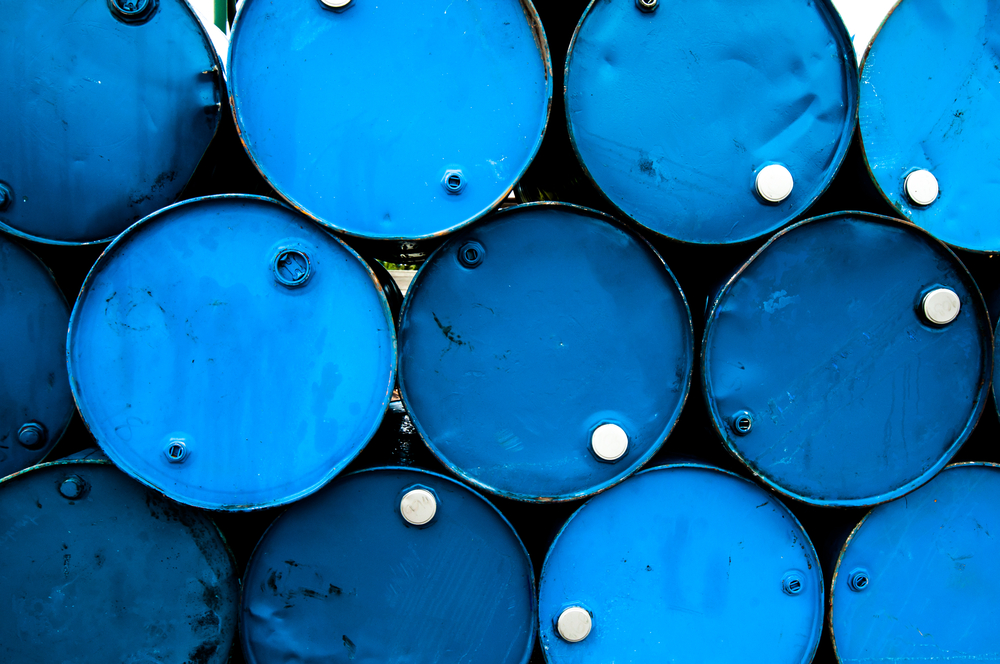Experienced Investor
The good and bad news of plummeting oil prices

Investors are being warned to expect low oil prices for longer, after prices fell to a nine-month low this week.
Fuelled by a round of stimulus by China, a shift in expectations towards a rebalancing of supply and demand in global oil markets and an improving outlook for global growth, commodity prices saw a large rebound in 2016. However in the last four weeks the price of Brent Crude oil has fallen from $57 a barrel to less than $48, while West Texas Intermediate oil fell to under $44.
Michael Baxter, an economics commentator at The Share Centre, says while the oil price has hovered between $57 and $46 for much of the last 12 months, the general consensus was that the oil cycle was slowly turning upwards. However prices were sent tumbling this week after the release of data which indicated expectations of a rebalancing between demand and supply were over optimistic.
“It seems that markets may have underestimated the extent and speed with which shale gas production can be turned up and down,” says Baxter. “When the oil price was less than $40, as it was 15 months or so ago, shale gas producers eased back, cutting production, leading to rising oil prices.
“However, it is beginning to look as if the ceiling to the oil price in the current environment is around $50, at which point shale gas producers start to rump up production.”
Implications for UK equities
Baxter says the recent tripling in profits at BP during the first quarter of this year seemed to support a wider narrative that the oil majors were seeing a lift in profits on the back of rises in the oil price.
“If the oil price stays below $50 for an extended time-period then the oil companies may see a hit on profits,” he warns.
Jason Hollands, managing director at Tilney, adds: “If oil and other commodity prices remain weak, this could be a headwind for the FTSE 100, alongside the potential for a partial recovery in sterling reversing some of the benefits resulting from the slump in the pound last year on UK-listed companies with high dollar earnings.”
He continues: “It is also a headwind for UK equity dividend growth, as some 23% of the entire UK dividend pot in 2016 came from the oil and gas sector, which is dominated by giants BP and Royal Dutch Shell. Royal Dutch Shell, which earlier this week pleased the market by reporting a strong bounce in profits for the first quarter in part due to an average oil price of $54 per barrel, last year accounted for a staggering 13% of the entire UK dividend pool in 2016.”
Implications on UK inflation
While a sliding oil price may not be good for certain UK stocks, Baxter says that provided it is not reversed in the next few months, it should lead to a corresponding fall in inflation. This, he says, should help households and should support the retail sector which has been struggling recently.
“The prospect of continued low energy prices also suggests that while inflation has been rising, the risk of problematic runaway inflation is an unlikely scenario,” adds Hollands.
Meanwhile, as a general rule of thumb, Baxter says a fall in the oil price should support the global economy.
“Oil exporting countries tend to have a higher savings ratio than oil importing countries, so while in theory a fall in the oil price should only have the effect of re-distributing GDP from oil exporters to oil importers, the differential in the savings ratio should lead to a rise in global aggregate demand,” says Baxter.
Is the oil cycle dead?
Hollands says that while OPEC, which next meets on 25 May in Vienna, is expected to continue to limit production for the second half of the year to try and avoid an even deeper collapse in prices, he warns “oil prices look set to stay low for longer”.
One factor behind this, he argues, is the overlooked factor that is softening economic data in China.
“China has been a voracious consumer of commodities over the last two decades and is the swing factor in setting many commodity prices. For example it is estimated to account for between 40-50% of metal consumption,” he says. “The effect of China’s last round of credit-driven stimulus is fading and that is starting to weigh on both China’s rate of economic growth but in turn commodity prices.”
However Baxter warns against falling into the trap of thinking the oil cycle is dead, or that thanks to shale gas it will never rise above $100 again.
“This time it is not different and unless the cost of renewables and energy storage falls rapidly in the next few years, the oil cycle will turn again,” he argues. “The cycle is not dead, rather it is sleeping. Maybe, and this could especially be true with the oil industry in Norway, it is pining for the fjords.”